A territory that unfolds along alpine valleys, across the most suitable plateaus, and on sunny slopes warmed by the day and cooled by night breezes; yet at the same time, it also offers Mediterranean glimpses and warm hills. We are talking about Alto Adige, one of the smallest wine-producing regions in Italy (its approximately 5,500 hectares of vineyards represent only 1% of the national vineyard area), but at the same time, a complex and diverse mosaic of territories, grape varieties, and microclimates.
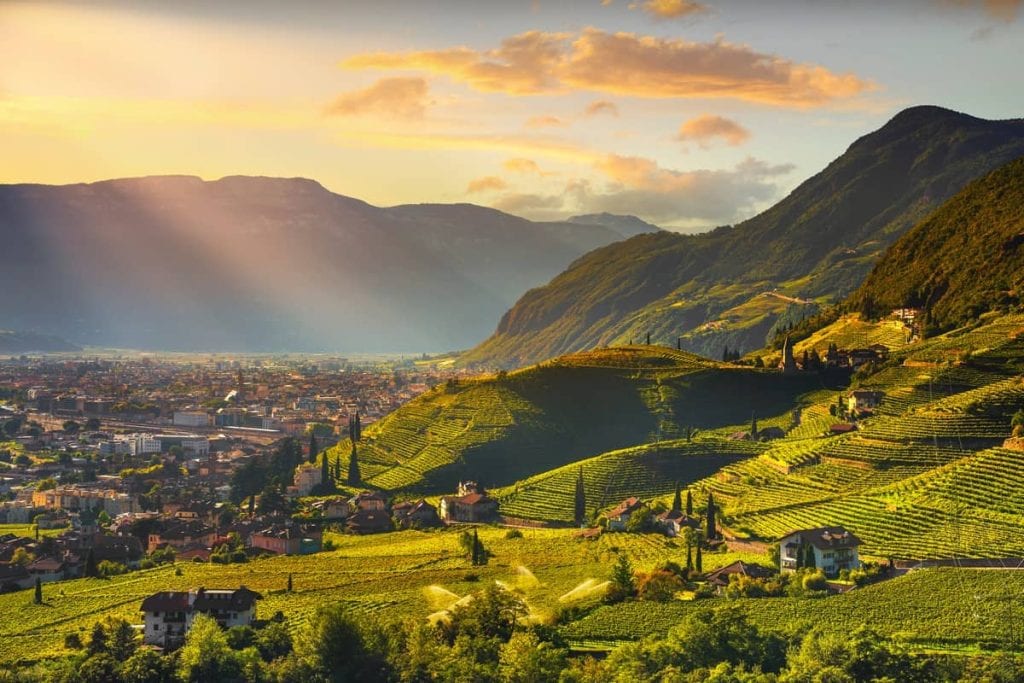
Until the late 1970s, Alto Adige’s wine production was predominantly focused on red wines, with Schiava wines leading the way. Over time, and with advances in agronomic studies, winemakers began to focus more on white wines, and today this land is considered among the best Italian regions for this category. This is undoubtedly due to the technical expertise of farmers and oenologists, but also to a broad and nuanced palette of grape varieties, where both indigenous and international grapes, perfectly acclimatised to different subzones, coexist.
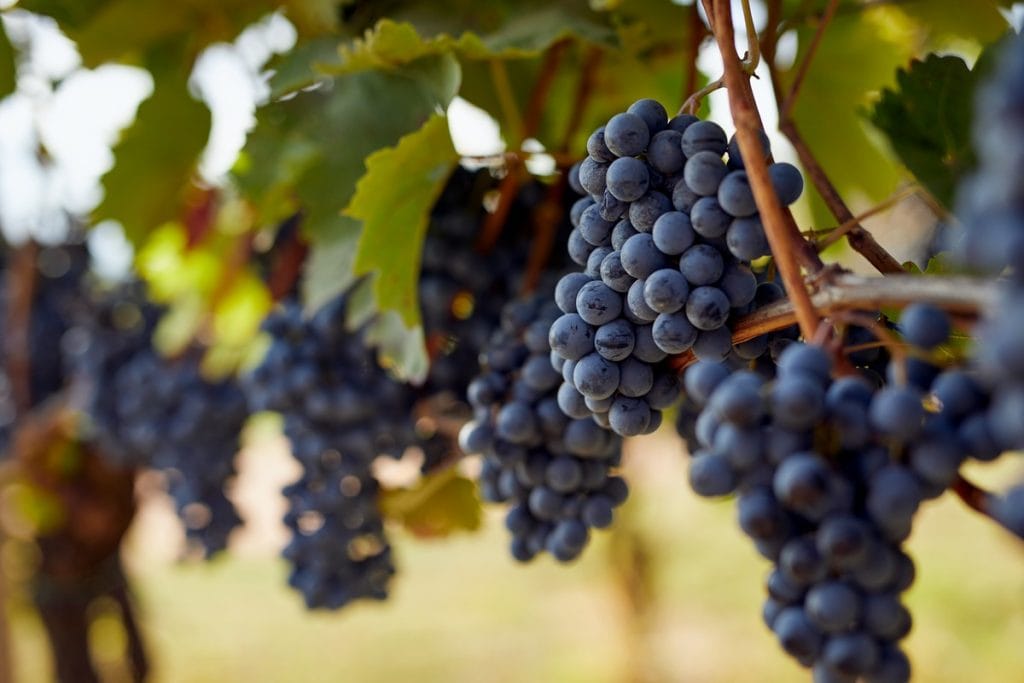
Lagrein: origins and characteristics
But Alto Adige also boasts another red grape variety with a long tradition, whose origins date back to ancient times. We have documented evidence of Lagrein dating back to the Middle Ages. Let’s start with its name. Some scholars trace it back to Val Lagarina, the area from which the grape variety is believed to have spread to Alto Adige. However, there is also a more fascinating hypothesis suggesting that the name refers to "Lagarino," an ancient wine produced in a town in Magna Graecia, located in Lucania and called Lagaria. The grapes used to make this wine are believed to have travelled up the Italian peninsula, first reaching the Verona plain and then the Trentino hills around Rovereto, eventually settling in what is now its primary area of distribution, the Bolzano basin.
Almost abandoned by the late 1970s, Lagrein has made a comeback in recent decades, thanks to more refined vinification techniques that have softened some of its intrinsic edges: tannicity, pronounced acidity, and a bitter aftertaste. By carefully managing these characteristics, including the intelligent use of wooden barrels for maturation, Lagrein wines offer a glass full of personality, where dark fruit and the floral aroma of violets blend with dark chocolate, black bread, and spices.
The best price-quality Lagrein wines from Alto Adige
The following list features the Lagrein wines from Alto Adige that we have most appreciated for their price-quality ratio and that we have included in the Berebene 2025 and Vini d’Italia 2025 guides by Gambero Rosso.
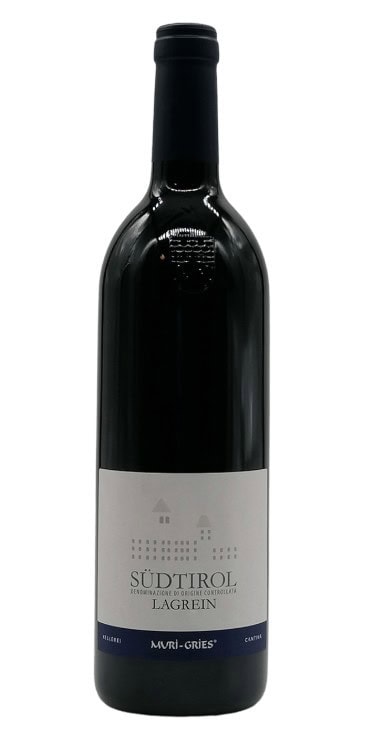
A. A. Lagrein '23 - Muri-Gries
The Lagrein '23 from Muri-Gries presents an intense colour that anticipates aromas of dark fruit and spices, which are also found on the palate, where the wine reveals a solid, juicy profile well supported by its acidic drive. This historic winery is undoubtedly one of the most important interpreters of the city’s signature red wine, still cultivating the extensive Vigna Klosteran.
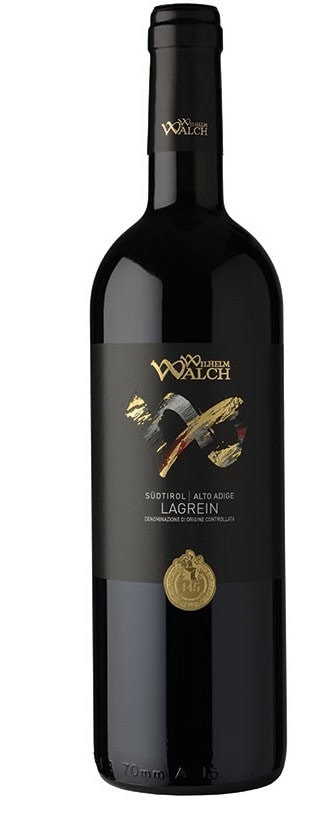
A. A. Lagrein '23 - Wilhelm Walch
The Walch family winery has been operating in Alto Adige for over 150 years and offers a Lagrein '23 with its characteristic dark and intense colour, introducing a precise aromatic profile dominated by red fruit. Alongside this, there are herbal and spicy notes, which become even clearer in a well-structured and tension-filled palate.
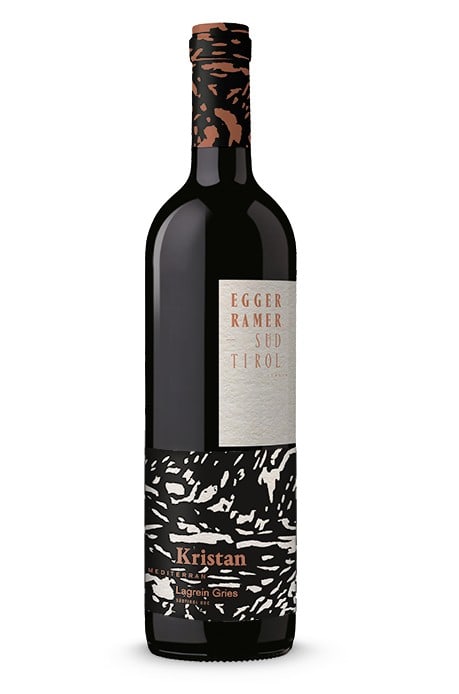
A. A. Lagrein Gries Kristan '23 - Egger-Ramer
Egger-Ramer’s most important vineyards are in the Gries area, particularly the Kristan vineyard, located on a gravelly soil at an altitude of 250 metres. From this site, the winery produces an intriguing Lagrein, a dark-hued glass that reveals a spicy and smoky aromatic profile, with red fruit emerging gradually. The energetic sip is bold and lively, with its acidic drive being the key to its pleasantness.
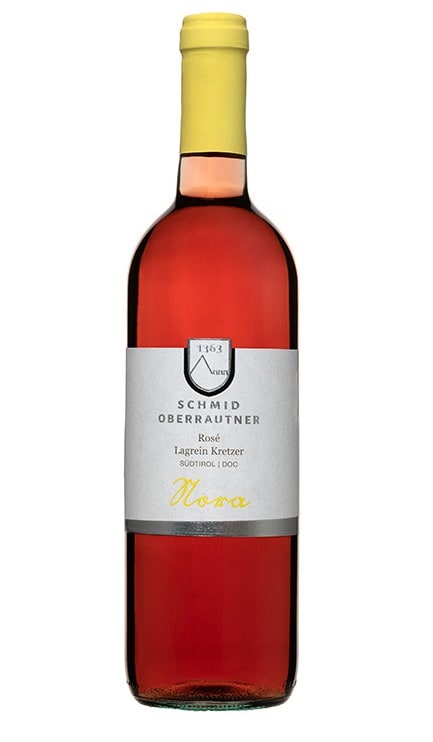
A. A. Lagrein Kretzer '23 - Schmid Oberrautner
Today, Lagrein is mostly associated with a dark, compact appearance, but its oldest tradition saw it interpreted as an intense rosé, the Kretzer. The Schmid Oberrautner winery has not forgotten this tradition and offers a version with pronounced notes of small berries and medicinal herbs, revealing a solid palate with an easy-drinking character and a pleasant peppery finish.
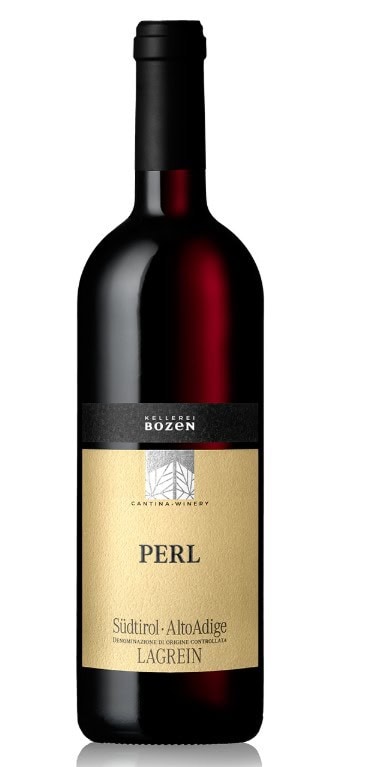
A. A. Lagrein Perl '23 - Cantina Bozen
Lagrein is the signature grape of the Bolzano basin, symbolising the region’s winemaking history and traditions. Try the Perl '23 from Cantina Bozen, a dark and compact wine with an intense nose expressing all the character of Lagrein, featuring wild berries, spices, smoky notes, and balsamic hints. On the palate, the traditional robustness is precisely managed by its vibrant acidity.
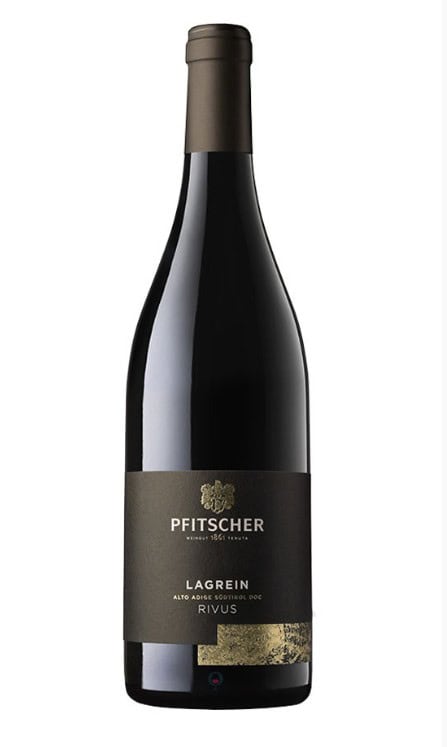
A. A. Lagrein Rivus 2022 - Tenuta Pfitscher
The Lagrein Rivus '22 from Tenuta Pfitscher is rich and juicy. The Pfitscher family winery is nestled among the vineyards in Montagna, where Pinot Noir has found one of its ideal terroirs. The vineyards stretch across both sides of the valley, alternating warm, sunny areas with cooler, breezy ones, allowing for optimal varietal adaptation. Pinot Noir is increasingly central to Pfitscher’s production, with multiple labels exploring its connection to the local vineyards.
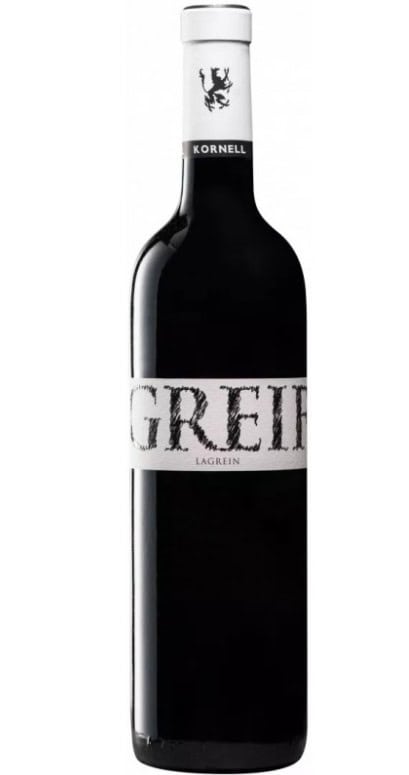
A. A. Lagrein Greif '23 - Tenuta Kornell
A. A. Lagrein Greif '23 is one of the wines presented by Tenuta Kornell, which we greatly appreciated for its price-quality ratio. Settequerce is a tiny wine-growing village between Bolzano and Terlano, where apple orchards and vineyards compete for the best exposures along the hillside. Here, Florian Brigl has developed his family’s estate into one of the most interesting producers in the region. The vineyards lie on these slopes and in the Appiano area, crafting wines that balance the Mediterranean richness of reds with the refined elegance of Alto Adige whites.
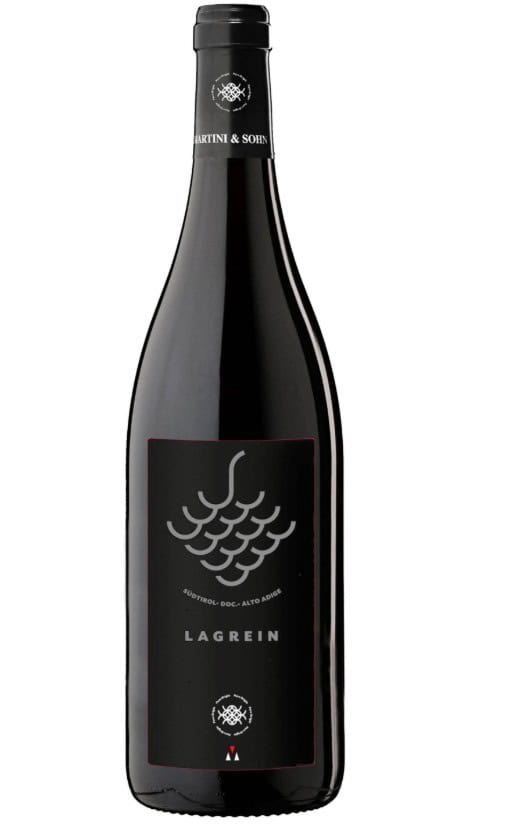
A. A. Lagrein Pure Origin '23 - K. Martini & Sohn
K. Martini & Sohn, a historic winery on Via Lamm, is one of the key players in the Oltradige region, with a diversified vineyard portfolio that includes both estate-grown and locally farmed grapes. This setup allows for high-quality production. The winery offers a wide range of wines, with standout performances in red varietals such as Lagrein Pure Origin '23, which boasts an excellent price-quality ratio.
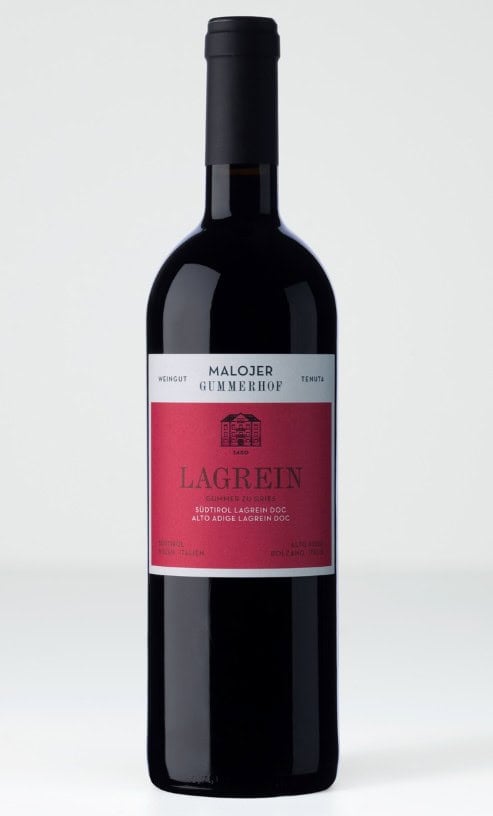
A. A. Lagrein Gummer Zu Gries '22 - Gummerhof Malojer
The Gummer zu Gries '22 from Gummerhof Malojer plays with crisp fruit and herbal notes of cinchona and anise, which reappear in a solid and agile sip. The Malojer family winery has been active in Bolzano for over a century, and its location just outside the city centre speaks to a deep historical connection between the town and viticulture. Today, Urban and his wife Helena source grapes from both their own vineyards and local growers, focusing on red grapes within the city limits, while for whites, they seek higher-altitude freshness on the slopes of Renon. Lagrein remains the absolute cornerstone of their production, as the variety that most represents the city’s winemaking identity.


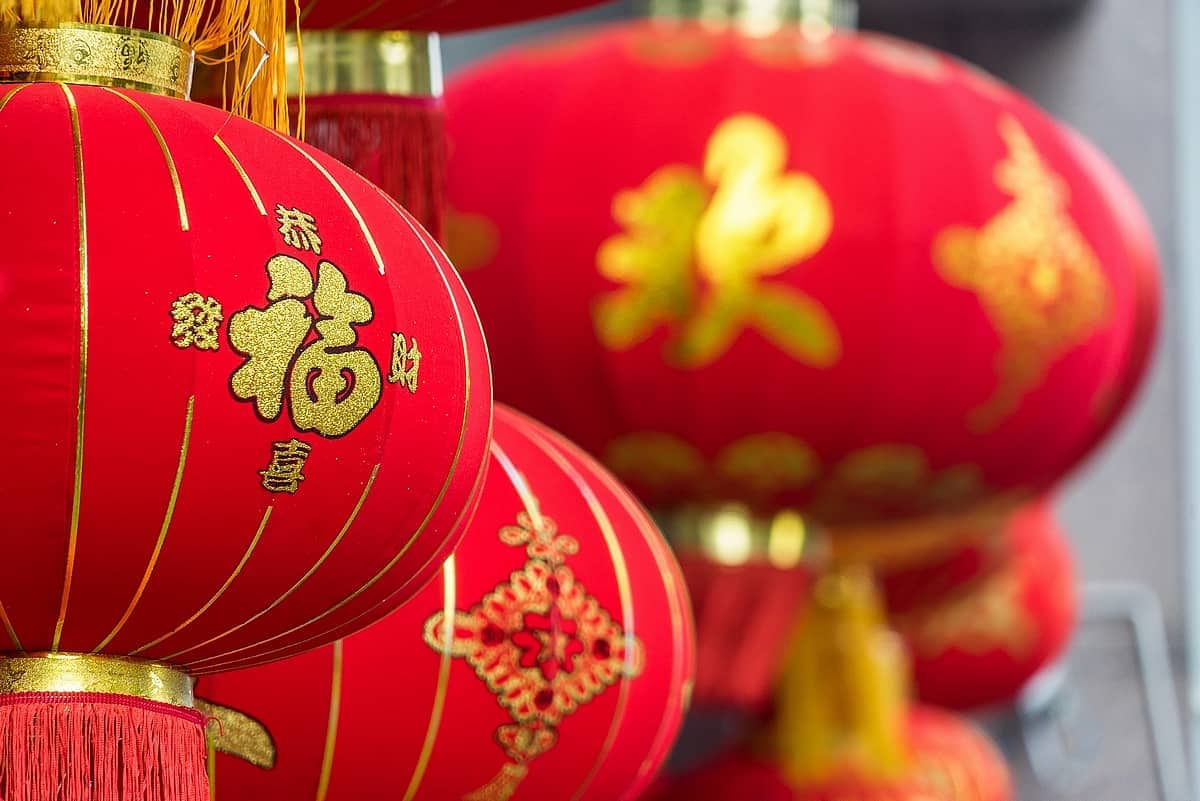 What changes for the export of Italian wines to China under the new regulations?
What changes for the export of Italian wines to China under the new regulations? “Forget dealcoholised wines. The future is Komb(w)ine.” Moser and Ravizza present a new grape must-based product
“Forget dealcoholised wines. The future is Komb(w)ine.” Moser and Ravizza present a new grape must-based product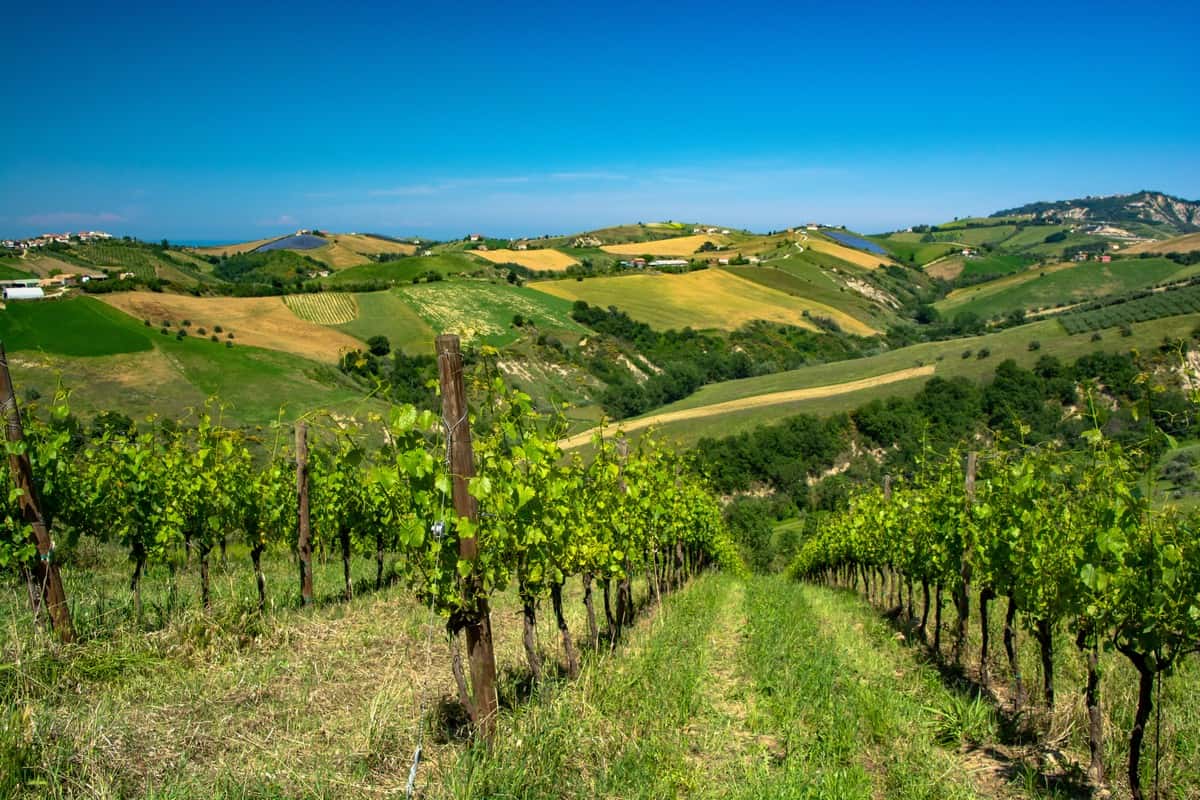 Global wine consumption at a historic low and vineyards in decline. The OIV report outlines a 2024 to forget
Global wine consumption at a historic low and vineyards in decline. The OIV report outlines a 2024 to forget Oenologist Riccardo Cotarella will also produce dealcoholised wine: "My first bottle will be out in October and it won’t be bad"
Oenologist Riccardo Cotarella will also produce dealcoholised wine: "My first bottle will be out in October and it won’t be bad" Dear natural wine world, enough with the constant polemics. If you don’t want to self-ghettoise, self-criticism is needed
Dear natural wine world, enough with the constant polemics. If you don’t want to self-ghettoise, self-criticism is needed






